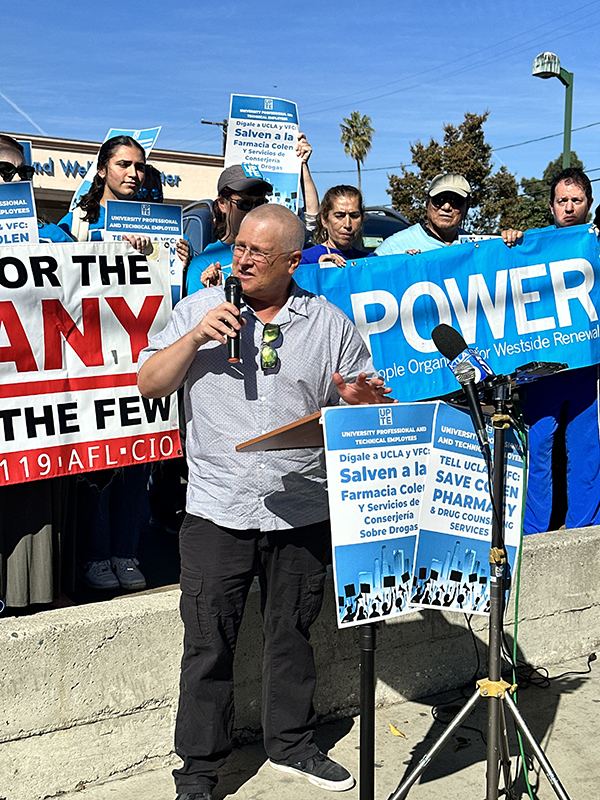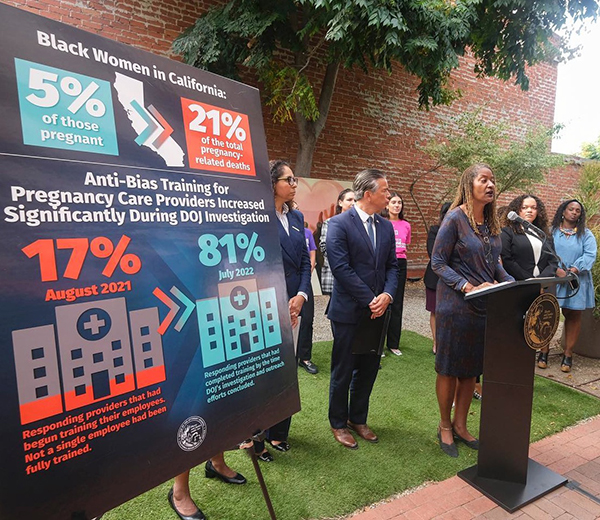RX Report
By Marie Y. Lemelle
Contributing Writer
Don’t be surprised when your medical provider prefers to manage your routine appointment or fill prescriptions using a video communication app, such as Zoom, Skype or Facetime.
While virtual meetings and family visits may be the new normal since social distancing is one of the safety measures to slow the coronavirus spread, get ready for E-health and E-prescriptions, commonly referred to as telehealth or telemedicine.
The virtual technology to access health care services has been around for years. In fact, a form of telemedicine dates as far back as 1925 when a doctor diagnosed a patient by radio. In 1950, radiology images were transmitted by phone to hospitals.
At first glance, it may seem unethical to discuss or share documents containing health records using these methods. Because of COVID-19 in-person restrictions, the Health Insurance Portability and Accountability Act privacy and confidentiality rules regarding medical privacy have been adjusted. The Coronavirus Preparedness and Response Supplemental Appropriations Act of 2020, allows the U.S. Department of Health and Human Services to temporarily waive certain Medicare restrictions and requirements regarding telehealth services during the coronavirus public health emergency.
Dr. Trishanna Sookdeo has been practicing medicine for more than 10 years, caring for patients from newborns to the elderly. She also focuses on preventive health care and screening, placing an emphasis on the relationship of physical health to one’s mental and social well-being.
Dr. Sookdeo has been an attending physician for Community Health System and Advent Health Hospital system and is a medical reviewer for Choosing Therapy.
Sookdeo talks about how telemedicine has provided medical professionals with a convenient, accessible, easy to use method for patients to find doctors and use their services regardless of the physical distance.
ML: What is difference between telehealth and telemedicine?
TS: Telehealth refers to the use of telecommunications for health and health-care-related services. It comprises the collection, monitoring and distribution of health-related services and information via an electronic information system and also provides the means gathering information from a patient or client, transmitting data in a bidirectional flow and facilitates communication among various levels and tiers of health related staff, patients or clients and physicians.
It also allows long-distance patient and clinician contact, advice, reminders, education, monitoring and intervention and treatment, all with limitations of course. The area of remote patient monitoring is a great example in the use of a device to gather blood pressure readings or an electro cardiogram to record readings that are then transmitted to your doctor.
Telemedicine specifically refers to the application of these electronic and telecommunication technologies to provide care to a patient who is not in the same physical space at the same time as a physician. It requires a telephone or a connected internet device and enables direct, real time communication to a health care provider.
Telemedicine can take the form of a telephone call, video visits and sometimes chat messaging or email. All that is required is a phone or a device connected to the internet.
According to the Health Resources Services Administration, telehealth refers to the use of electronic information and telecommunications technologies to support long-distance clinical health care, patient and professional health-related education, public health, and health administration. Telehealth is different from telemedicine because it refers to a broader scope of remote health care services than telemedicine.
While telemedicine refers specifically to remote clinical services, telehealth can refer to remote non-clinical services, such as provider or staff training, administrative meetings, continuing medical education, including conferences, real live simulations, supervision and proctoring in the health care field as well as to the provision of clinical services.
ML: Are virtual appointments safe and private?
TS: The Office for Civil Rights at the Department of Health and Human Services is responsible for enforcing certain regulations issued under the Health Insurance Portability and Accountability Act of 1996 as amended by the Health Information Technology for Economic and Clinical Health Act, to protect the privacy and security of protected health information, namely the HIPAA Privacy, Security and Breach Notification Rules. Mobile health and its tools have raised concerns about patient privacy, confidentiality, and breach of security. Platforms used currently are HIPAA compliant. The advice is that clinics and staff seek to ensure that visits are conducted in private secure rooms.
ML: What are the pros and cons with each of these methods of health assessment and treatment?
TS: There are several benefits:
Convenient and accessible patient care to many, especially for those who could not locate a specialist in their city and would commute several miles or hours for care.
Staff can work from home.
Clinics can provide extended hours with telehealth.
Increased access to care may result in less visits to the ER.
Reduced spread of diseases that are communicable.
Remote training and conferences for health care providers creating a wider professional and educational circle for teaching and learning.
The disadvantages are:
Technical training as well as purchase of equipment or platforms can be costly or unavailable.
Loss to the total care experience and rapport between doctor and patient.
Inability to perform a physical examination.
On demand telemedicine can interrupt continuity of care as patients are more likely to see different providers.
Variable insurance reimbursement.
Cyber safety, potential for hacking.
Challenging for the elderly or less tech savvy patient population.
ML: How long have you been utilizing this technology?
TS: Most medical professionals are introduced to telehealth during medical school. Having studied in Trinidad, telehealth during my time as a medical student was not readily available in all settings. In 2011, when I was an intern at Howard University Hospital in family medicine residency, telehealth was an integral aspect of my training.
ML: What has changed with telehealth and telemedicine since COVID-19?
TS: The COVID 19 pandemic has forever changed the scope of telehealth and telemedicine. Many medical practices turned to telehealth as a means to continue to provide care for their patients while ensuring the safety of their staff without interrupting patient care. At large, the patient and healthcare community have embraced this option. The concerns for patient privacy and securing data security still remain but are improving.
ML: How effective is telehealth and telemedicine?
TS: Depending on the circumstances and nature of need for both patient and physician, it is a convenient, viable, accessible option for care. It has been useful during times of quarantine but when one considers those who are homebound, ill, lacking transportation or requiring a specialist visit for a physician who is located miles away, it is creating access to care that otherwise was not available.
Telehealth has been a great asset for education and training. Health care professionals are able to communicate, review patient information and discuss unique patient cases while providing options for care through telehealth.
As a family medicine physician, the patient physician interaction relies on the connection formed from greeting a patient, shaking their hands and sitting down to discuss their health care needs. It allows us to establish rapport, build trust and offer empathy in a human way. The COVID-19 pandemic, busy schedules of working patients and the need for remote monitoring in many cases have brought to the light the need for innovation and technology in aiding the medical care we provide to patients.
Telehealth and telemedicine will continue to become a growing field. While it has limitations, it provides access and facilitates health care needs.
Marie Y. Lemelle is the founder of www.platinumstarpr.com and a film producer. She can be reached at MarieLemelle@platinumstarpr.com. Follow her on Instagram @platinumstarpr.













